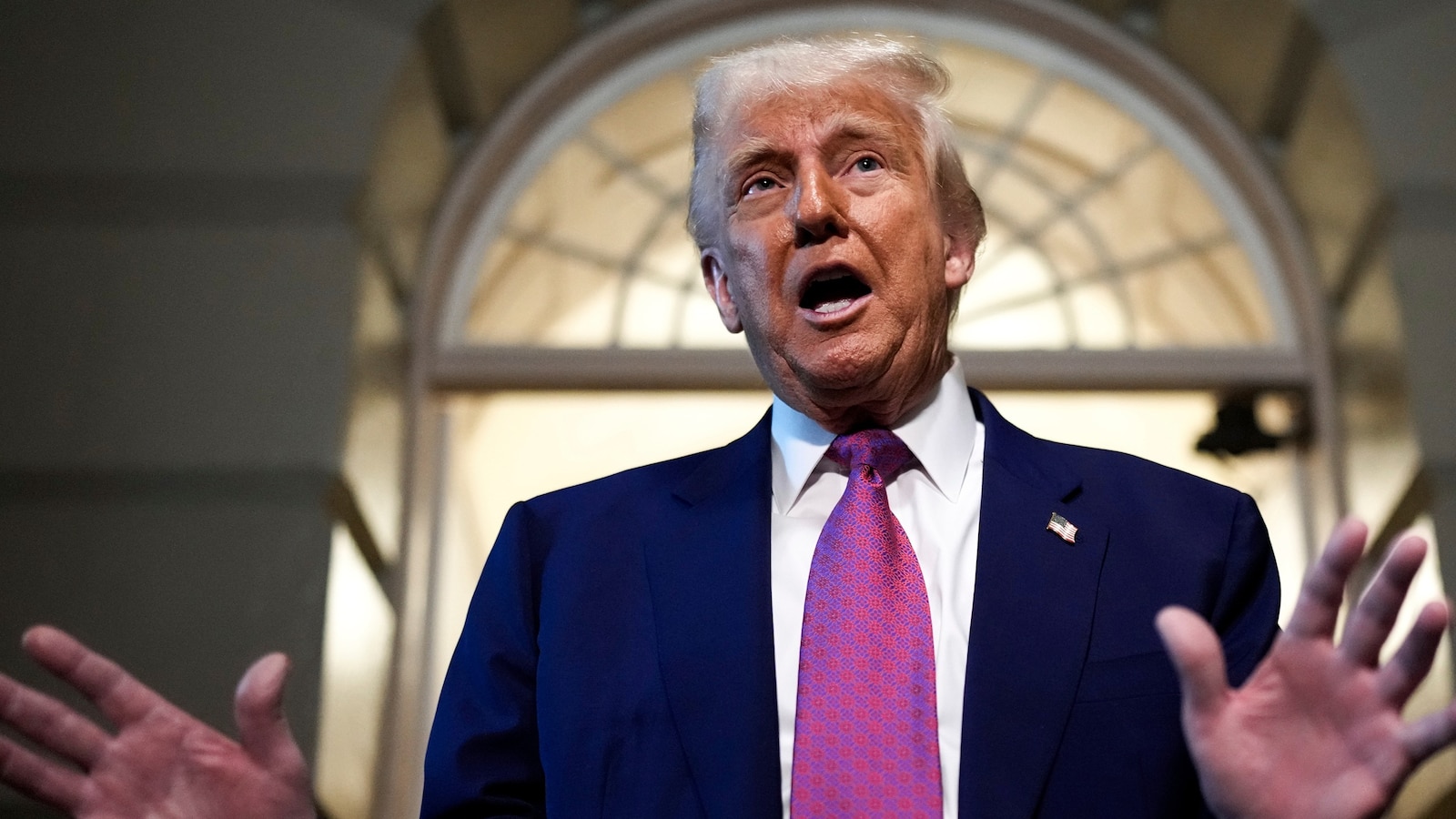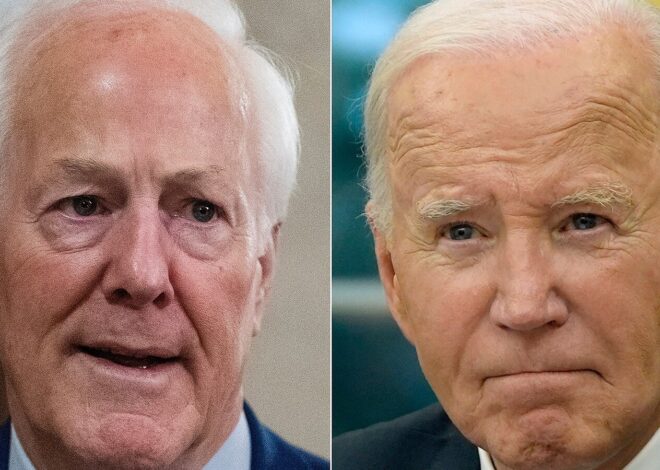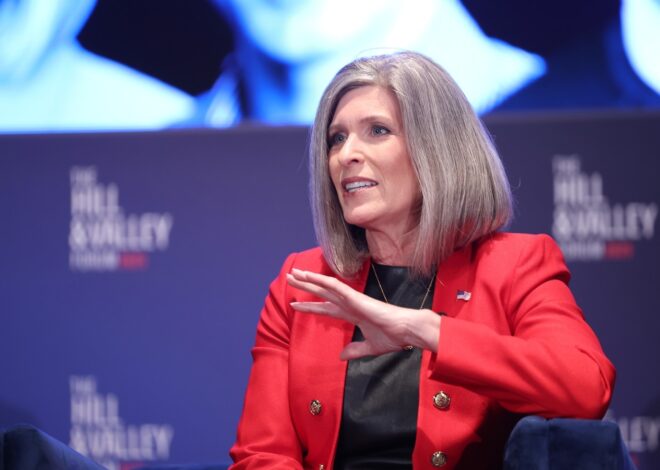
Trump Set to Reveal Plans for a US Missile Defense Shield Potentially Costing Billions
Golden Dome Initiative: A Bold New Defense Era
It’s a typical quiet morning, and yet, in the backdrop of world affairs, there’s a sense of anticipation. Gen. Michael Guetlein, known for his strategic acumen, is poised to steer the planning of a groundbreaking defense system. His task? To bring into reality the United States’ latest endeavor in missile defense-a project that has already started turning heads and raising eyebrows.
Set to be unveiled with some fanfare, President Donald Trump plans to announce the initiative from the White House. It’s all happening this Tuesday afternoon, marking the beginning of what Trump describes as a robust shield for the nation. The “Golden Dome” missile defense system, as it’s called, is pitched as a bulwark against perceived threats from North Korea and potentially other quarters. Three U.S. officials have confirmed these initial plans, adding a layer of credibility and urgency to the announcement.
The weight of the moment is palpable. Defense Secretary Pete Hegseth will stand beside Trump, underscoring the project’s importance. And there’s Guetlein again-tasked with leading this massive undertaking, a responsibility that will no doubt be dissected by analysts and commentators in the days and weeks to come. The echoes of the past reverberate, reminding many of President Ronald Reagan’s ambitious “Star Wars” program. Back then, it was a blend of aspiration and science fiction-a dream of lasers and satellites that aimed to make nuclear weapons obsolete.
This new project could well follow a similar trajectory, with experts suggesting that its costs might span from tens of billions to potentially hundreds of billions of dollars. The exact figure remains hazy, perhaps due to the project’s nascent stage or maybe because the complexities of defense budgets often defy simple arithmetic. Whether this endeavor will be a financial sinkhole or a triumphant leap forward is something only time can tell. The stakes are high, and the world watches with bated breath.
As the day unfolds, the atmosphere feels charged with speculation. What could this mean for the global balance of power? Is this truly the defense breakthrough it purports to be? Opinions will likely be as divided as ever, and the debates intense. A fascinating detail in this evolving narrative is how it ties into a broader geopolitical puzzle-a piece that could redefine alliances and adversaries alike.
The announcement is more than a procedural formality; it’s a declaration of intent, a signal to the world that the United States is investing heavily in its defensive capabilities. Yet, there’s a simmering undercurrent of skepticism. Not everyone is convinced of the project’s viability or necessity, and as with all grand initiatives, success is not guaranteed. Perhaps it’s a gamble, a roll of the dice in a game where the stakes are nothing less than national security.
For those keeping an eye on developments, the story is still unfolding. As with many such initiatives, updates will trickle in, each piece adding depth to the narrative tapestry. This is a developing story. To follow the updates and insights as they come, one might keep an eye on credible sources like BBC News, where coverage is ongoing and in-depth.



